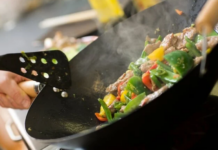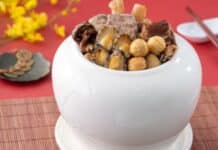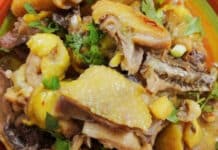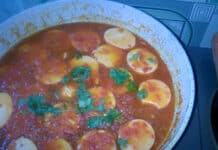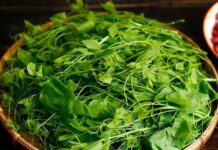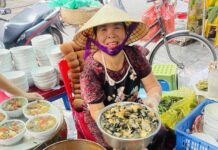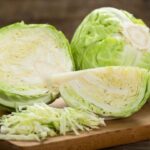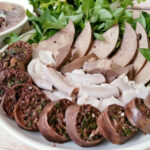Pork has long been an integral part of the daily diet of Vietnamese people, not only for its affordability but also for its rich nutritional value and versatility in cooking.
## The Nutritional Value and Health Benefits of Pork:
Every 100g of cooked pork provides approximately 26g of protein, 21g of fat, along with a host of essential vitamins and minerals. Vitamins B1, B6, and B12 found in pork promote metabolism, support blood formation, and enhance brain function. Notably, the high content of iron and zinc in pork prevents anemia and boosts the immune system.
The protein in pork provides essential amino acids, maintaining muscle health and reducing the risk of muscle loss associated with aging. Beta-alanine in pork also contributes to stronger muscles and improved physical performance. Pork is also an excellent source of easily absorbable iron and selenium, which support the function of the thyroid gland. A single serving of pork, approximately 170g, can meet your daily selenium requirements.
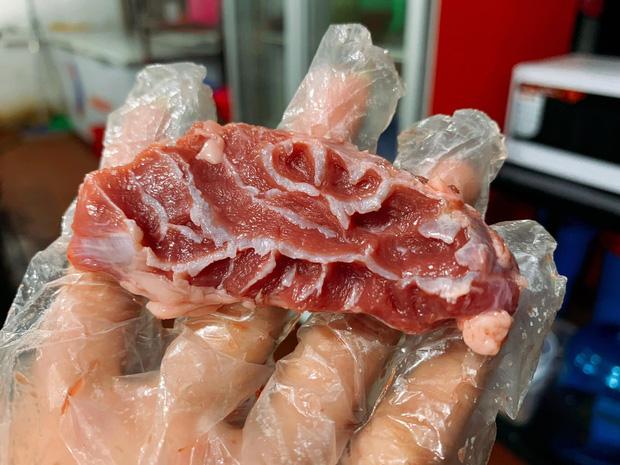
A 170g serving of pork can meet your daily selenium needs
## The Treasure of Pork: Cheek Meat
Not many people are aware that a particular part of pork is considered extremely valuable due to its rarity, exquisite flavor, and high nutritional value—the cheek meat, or “má đào” in Vietnamese.
What makes cheek meat so special? While people may be familiar with the outer cheek, there are actually two types: the outer cheek and the inner cheek, or má đào. Má đào is found inside the pig’s head, and it is one of the rarest cuts as each pig yields only about 200-300g of this delicate meat. While the outer cheek tends to have more fat, má đào offers a unique combination of tender connective tissue intertwined with meat and fat.
The connective tissue in má đào is remarkably soft and delicate, neither tough nor chewy, perfectly complementing the fatty content without being overwhelming. Those who have tasted it rave about its natural sweetness and irresistible flavor, leaving a lasting impression that makes it a favorite among many.
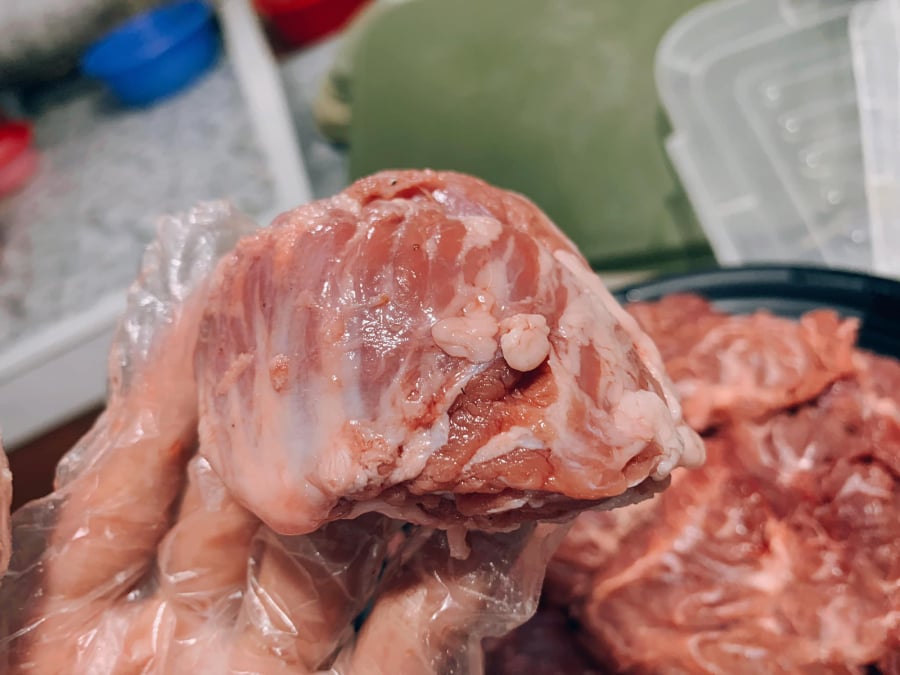
The soft and delicate connective tissue of má đào blends harmoniously with the fat, making it a widely beloved dish.
In addition to its delectable taste, má đào is a rich source of collagen, which is essential for maintaining skin health and elasticity, as well as supporting the flexibility of connective tissues in the body. Furthermore, the high protein and fat content in má đào provide a substantial energy boost, making it ideal for those who require extra nutrition, such as the elderly or those recovering from illness.
Although má đào does contain fat, it is predominantly composed of healthy unsaturated fat. It is also rich in vitamins and minerals like vitamin B12, iron, magnesium, and zinc. With its easily absorbable protein and moisture-retaining properties, this cut of meat is sure to tantalize your taste buds. And when cooked, má đào releases an alluring aroma, offering a myriad of culinary possibilities.
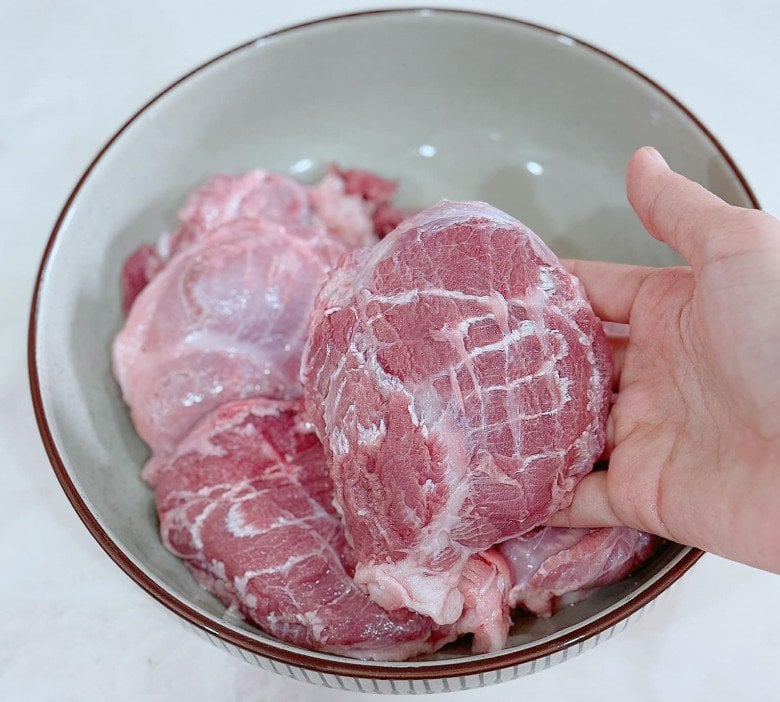
Má đào releases a captivating aroma during cooking and lends itself to a variety of culinary creations.
## Tips for Buying Cheek Meat:
Due to its limited supply, cheek meat is often quickly sold out, especially in supermarkets. To ensure you get your hands on fresh and delicious cheek meat, it’s advisable to go to the market early or place an order in advance. When purchasing, keep the following factors in mind:
– Color: Fresh cheek meat has a natural pinkish-red color, free from any signs of bruising, paleness, or discoloration. The connective tissue and meat should be clearly intertwined.
– Elasticity: Good elasticity is indicated by a noticeable bounce when touched, resulting from the combination of connective tissue, fat, and lean meat.
– Aroma: Avoid meat with any unpleasant odors, signs of mold, or sticky surfaces.
– Avoid processed meat: Choose cheek meat that has not been injected with water or frozen for extended periods, as this can compromise its flavor and nutritional value.
The Secret Benefits and Dark Side of Eating Vietnamese Coriander: Do You Really Know?
Vietnamese coriander, a familiar herb in many Vietnamese households, boasts a plethora of health benefits. However, like any other herb, it can also cause harm if consumed incorrectly or in excess. Unveiling the lesser-known adverse effects of this herb, we aim to empower you with knowledge to use it wisely and safely.
The Miracle of Ginger: 5 Surprising Benefits of Applying it to Your Navel
The belly button, or navel, is often an overlooked part of our body. In Traditional Chinese Medicine, however, the navel is considered a powerful gateway to our health. It is believed that the navel is connected to the Shen Que acupoint, which is linked to 12 meridians and 5 internal organs. So, what are the benefits of rubbing ginger on the navel?
The Ultimate Superfood: Discover the Veggie with 4 Times More Calcium Than Milk and 7 Times More Vitamin C Than Oranges
In Vietnam, there exists a vegetable that is a nutritional powerhouse. This humble vegetable contains four times more calcium than milk, seven times more vitamin C than oranges, four times the amount of iron found in spinach, and four times as much vitamin A as carrots. And the best part? It’s incredibly affordable.







